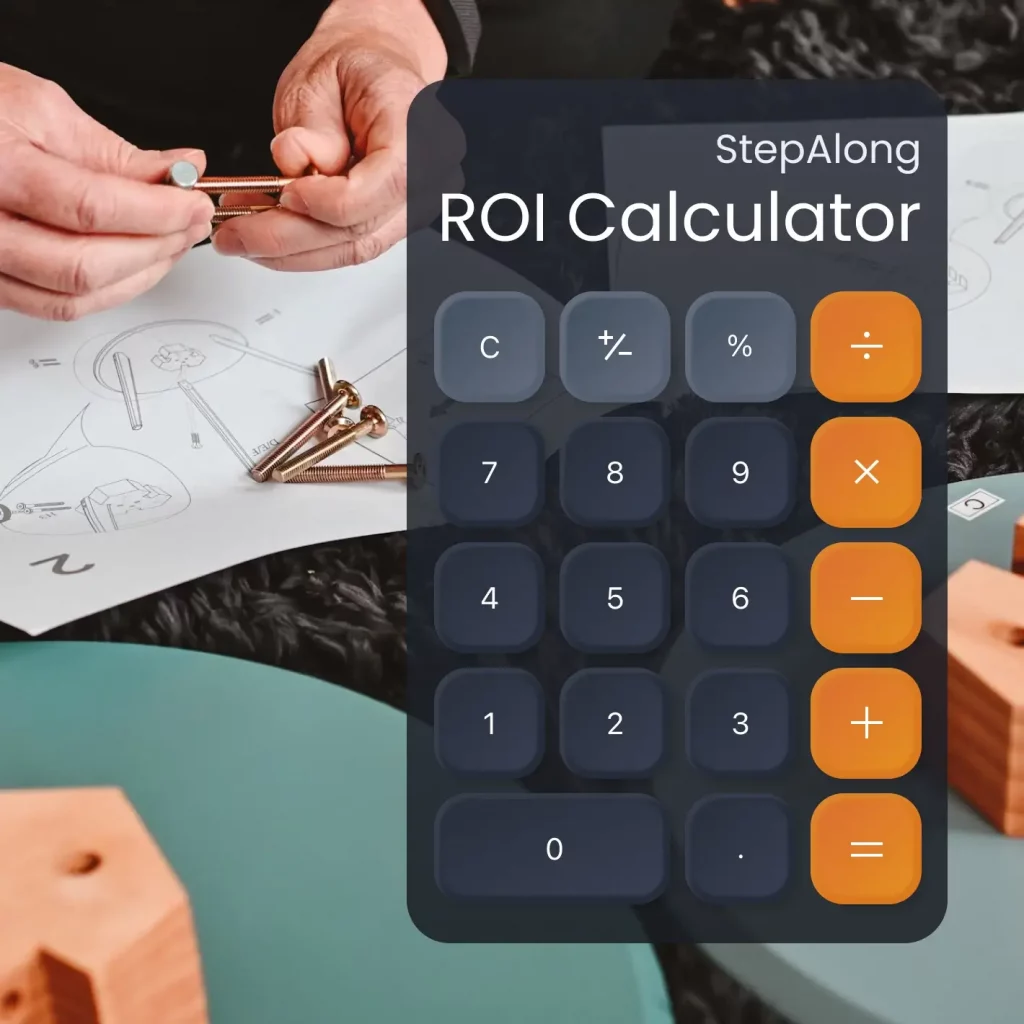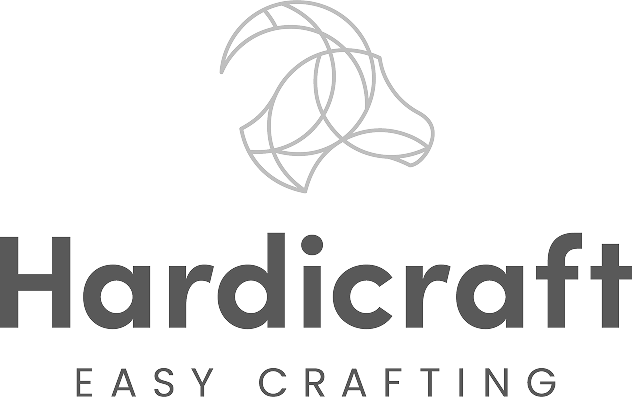
In last week’s post, we introduced our new blog series on How-to Content Types and discussed text-based how-tos. This week, we will shift our attention to instructions based on video. As video-sharing platforms have grown significantly over the past few years, video has become the go-to resource for many people when faced with a problem. Whether you are learning how to put together a new camera or picking up the latest fashion trends, chances are you have searched on YouTube or another video platform for guidance. Personally, I enjoy watching cooking shows to learn new recipes or get inspiration!
Producers of videos are given much more space to experiment with various elements compared to text. With the right equipment and knowledge, they can create videos of high quality. However, that process can both be challenging and time-consuming. Moreover, the format may not be suitable for all users, and following the steps can take a lot of time.
Advantages
Producer
- Flexible: How-to videos allow for flexibility in the creation. Producers can add music, graphics, animations, and human faces or voices to make their videos more engaging and understandable.
User
- Engaging: Videos are a combination of movement, sound and text, all there to grab your viewers’ attention and make your content engaging and easy to digest.
- Real-Time: Viewers can watch the how-to process in real time and get a better sense of the rhythm and pacing of the steps.
- Visual Learners: The majority, or more specifically 65% of the population, are visual learners which means that they need to see information in order to retain it, making the video format preferable to text.
Disadvantages
Producer
- Time-Consuming: Creating high-quality how-to videos can take a lot of time, requiring careful planning and preparation. Such as setting up the environment, adjusting the light, gathering necessary assets and tools, writing a script, etc.
- Requires Editing: Editing is key when creating successful how-to videos. Without it, the content might become confusing or boring. The editing process requires the producer to trim, cut and edit the video footage in order to create clear and informative content.
- Instructional Content: How-to video producers start by wanting to help their audience in achieving specific tasks, but as they become more successful their primary focus changes to creating content to build engagement and followers, instead of informative how-tos.
User
- Replays & Interruptions: Users may need to stop, start or replay specific sections to have time to follow the steps or fully understand the process. This kills the flow and adds on unexpected time. On some platforms, this experience can be really frustrating.
- Limited Accessibility: The video format may not work for everyone. People with disabilities like hearing- or visual impairments might have a hard time following the how-to.
Examples
How-To Draw A Puppy Dog
How-To Do The Perfect Cat-Eye Liner




